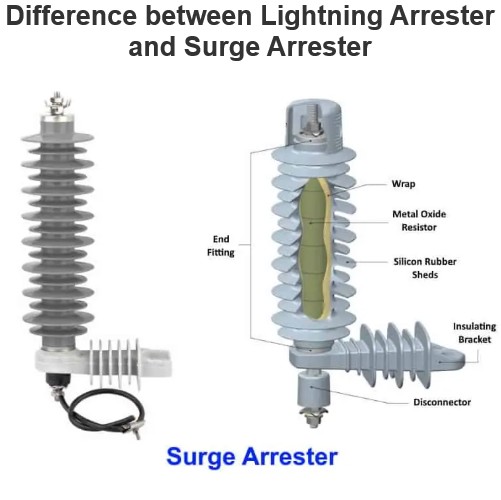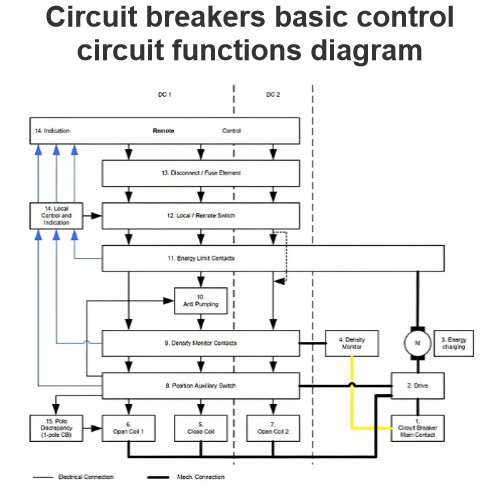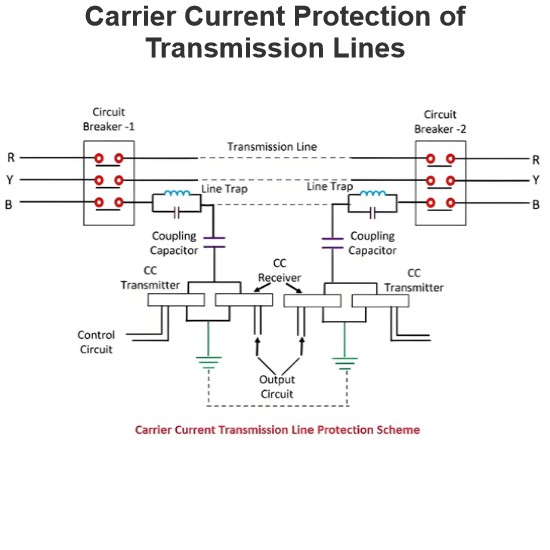What are some situations where a clamp-on ammeter is more convenient than a voltmeter?
In the following situations, a clamp ammeter is more convenient than a voltmeter:
I. In occasions for measuring alternating current
No need to disconnect the circuit
A clamp ammeter can measure alternating current without cutting off the circuit. For example, when checking the current of an electrical device in operation, a clamp ammeter can directly clamp the wire without disconnecting the circuit for wiring operations, avoiding interference to the operation of the device and the possible safety risks brought about by disconnecting the circuit.
In contrast, a voltmeter usually needs to connect the test probes to two test points in the circuit. If it is necessary to measure current, it also needs to be converted by connecting a resistor in series and other methods. The operation is relatively complex and may require disconnecting the circuit.
Quick measurement
The use of a clamp ammeter is very convenient and quick, and the current value can be measured quickly. For example, when troubleshooting a complex electrical system, it is necessary to quickly determine the current situation of each branch. Using a clamp ammeter can complete the measurement in a short time and improve work efficiency.
While using a voltmeter to measure current requires additional calculations and conversions, which takes a long time.
II. In cases where it is difficult to approach the test points
Limited space
In some places with narrow space or difficult access, such as inside a distribution box or on a cable tray, a clamp ammeter can easily clamp the wire for measurement. For example, in a narrow distribution box where the wires are closely arranged, it may be very difficult to use a voltmeter for measurement, while a clamp ammeter can directly clamp the wire outside for measurement.
The test probes of a voltmeter may not be able to conveniently contact the test points, or the operation is inconvenient in cases of limited space.
Working at heights
When it is necessary to measure electrical equipment at heights, a clamp ammeter is safer and more convenient. For example, when measuring the current on an overhead line, a clamp ammeter can directly clamp the wire on the ground for measurement without climbing up for wiring operations, reducing the operation risk.
While using a voltmeter for measurement may require climbing a pole or using other climbing equipment, the operation is complex and there are safety hazards.
III. In cases of measuring large currents
High-precision measurement
For measuring large currents, clamp ammeters usually have higher precision and measurement range. For example, in industrial production, the operating current of some large equipment may be as high as hundreds of amperes or even thousands of amperes. Using a clamp ammeter can accurately measure these large current values.
When a voltmeter measures large currents, it needs to be converted through devices such as shunts, which is prone to introduce errors, and may not be accurate enough for measuring large currents.
Safe and reliable
When measuring large currents, using a clamp ammeter can avoid direct contact with high-current lines and reduce the risk of electric shock. For example, when measuring the output current of a power transformer, the current is relatively large. If a voltmeter is used for measurement, complex wiring operations may be required, increasing the possibility of electric shock.
The insulation performance of a clamp ammeter is better, and it can measure large currents under the premise of ensuring safety.
The Electricity Encyclopedia is dedicated to accelerating the dissemination and application of electricity knowledge and adding impetus to the development and innovation of the electricity industry.













